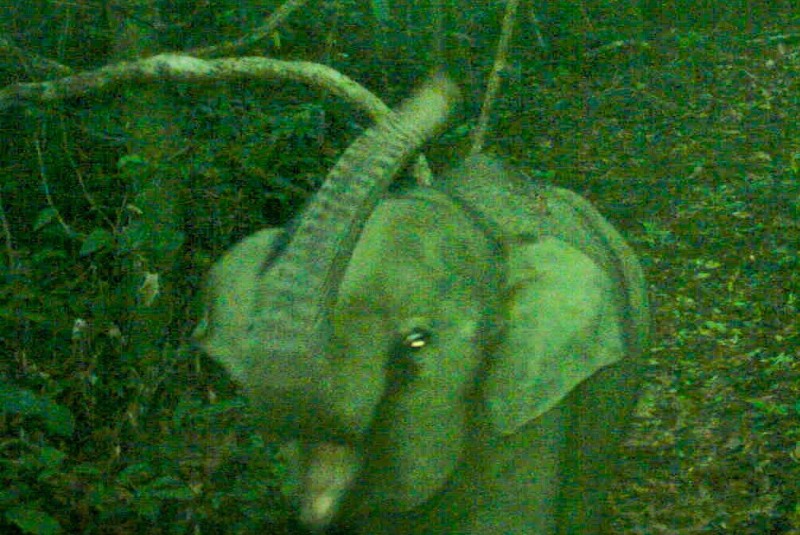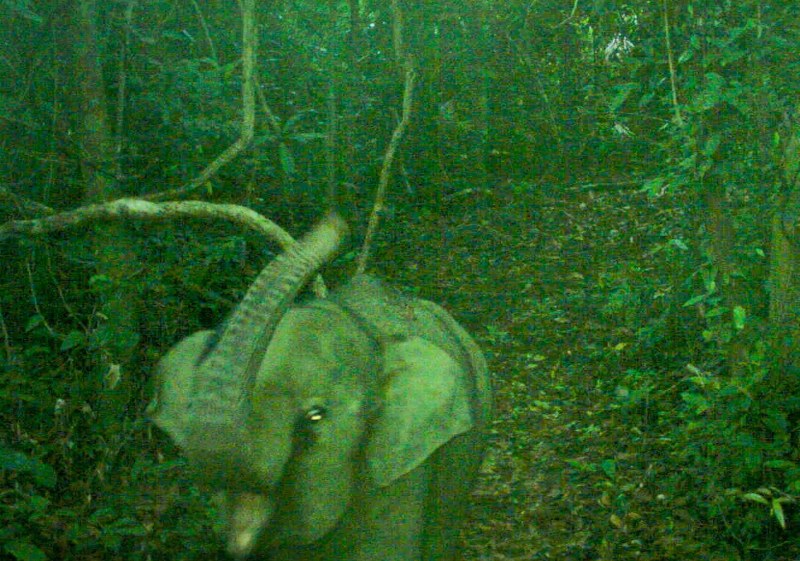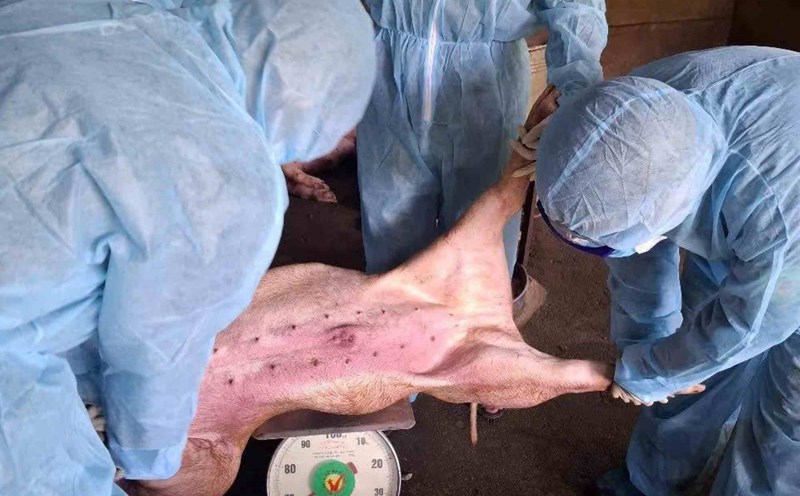On July 26, the leader of the Elephant Species and habitats Conservation Area (under the Da Nang City Special Forests Management Board) shared his overwhelming emotions when he discovered the image of a baby elephant appearing through a camera trap system set in the Na Lau forest, after many days of silently watching and waiting.
In early 2025, people participating in forest patrols informed about signs of elephant herds breeding in this area. From that valuable signal, the Management Board urgently deployed the installation of 30 camera traps at 15 different locations - places identified as regular routes for elephants.
Although no new elephants were recorded at the first time, the conservation officers were not discouraged. They continue to rearrange camera traps in many other potential areas. And then, that effort was worth it: During the photo shoot from July 20 to 23, the image of a baby elephant walking next to the mother elephant appeared clearly - a moment of emotion and pride.


The image shows the baby elephant moving flexibly, healthily and always having a mother elephant to protect closely. This is the clearest evidence that elephants in Da Nang are having a natural reproductive process and living stably in a protected environment.
The record of the appearance of baby elephants is not only of scientific value, but also a great spiritual victory for the forest protection force. That is a worthy reward for the silent journey but steadfastly protecting the green forest, maintaining the natural ecosystem, and minimizing conflicts between humans and elephants.
Currently, the wild elephant population in the Da Nang Elephant Conservation and Habitat Area is identified as having at least 9 individuals, including all components including male elephants, female elephants and young individuals. This shows that this cluster is maintaining a full flock structure a very important factor in the conservation strategy of endangered Asian elephants.
Previously, in 2020, the Quang Nam Elephant Species and Habitat Conservation Area (boundering Da Nang), with the support of the Truong Son Xanh Project, also recorded an elephant about 1 year old. These findings confirm the feasibility and effectiveness of environmental protection policies, especially in special-use forest areas in the Central region.
With each step of the baby elephant, those who preserve Da Nang forest are once again motivated: They are not only preserving forest trees and water resources, but also preserving the life - the life of rare animals in the great forest of Truong Son.











